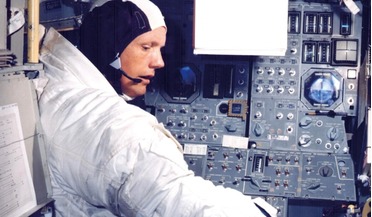 July 2019
A reluctant American hero
July 2019
A reluctant American hero
...will always be remembered as the most historic human spaceflight of all time and, as the world ...impulse and the evolutionary step-forward that his moonwalk and spaceflight achievement represented for history. Neil Armstrong speaks at the Apollo...
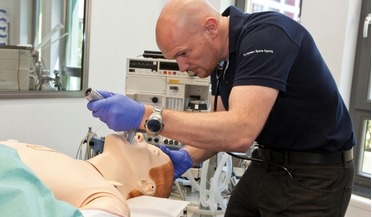 November 2016
Emergency dental treatment on way to Mars
November 2016
Emergency dental treatment on way to Mars
... to ensure the best possible health status of each crew member at the time of launch. So far in the history of human spaceflight the occurrence of dental injuries has been minimal. During the US Apollo and Skylab programmes, no dental problems...
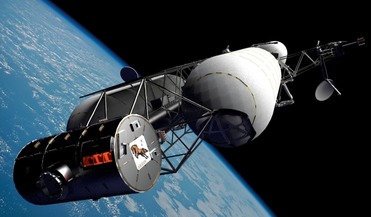 August 2020
Scorpion – a study of the possible
August 2020
Scorpion – a study of the possible
... launchers is Soyuz - the ‘modified missile’ that launched the first satellite in 1957. The situation is little better in human spaceflight, the only operational transport systems being the 1960s Soyuz and the Chinese variant of it. The American...
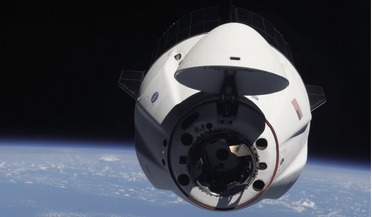 July 2021
Collaboration and competition in lunar exploration
July 2021
Collaboration and competition in lunar exploration
... in low Earth orbit (LEO). The International Space Station (ISS) programme remains the flagship programme for human spaceflight and international collaboration, although its longer term future remains uncertain. Support has grown by most partners...
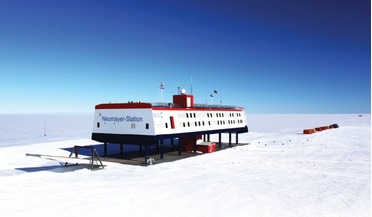 November 2016
Hi-tech greenhouse to test plant cultivation technologies in Antarctica
November 2016
Hi-tech greenhouse to test plant cultivation technologies in Antarctica
... Antarctic station. The EDEN ISS consortium (Figure 1) is comprised of leading European experts (in addition to Canada) in the domain of human spaceflight and CEA. A partner from the USA also recently joined the consortium. The EDEN ISS scientific...
 March 2021
Building SLS - a contractual odyssey
March 2021
Building SLS - a contractual odyssey
... that NASA work with Boeing on a corrective action plan. After 2016, with a new US administration in place, NASA’s human spaceflight plans received a high-profile upgrade while, at the same time, more troubling aspects of the financial oversight...